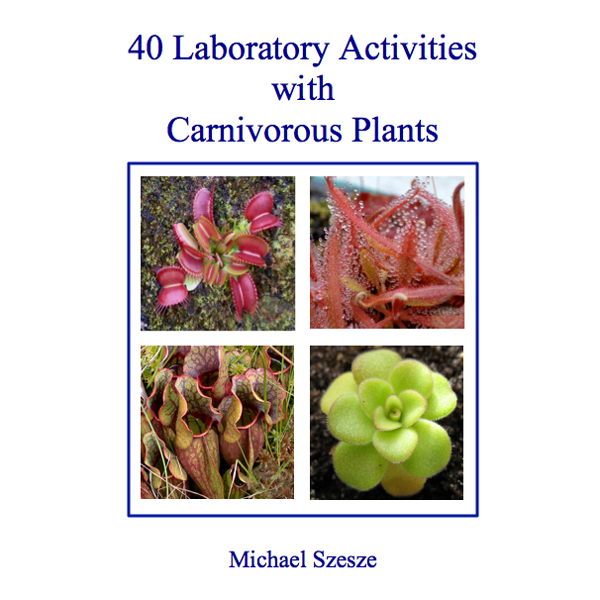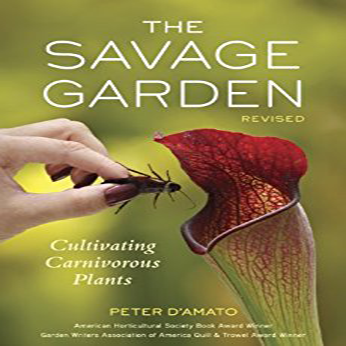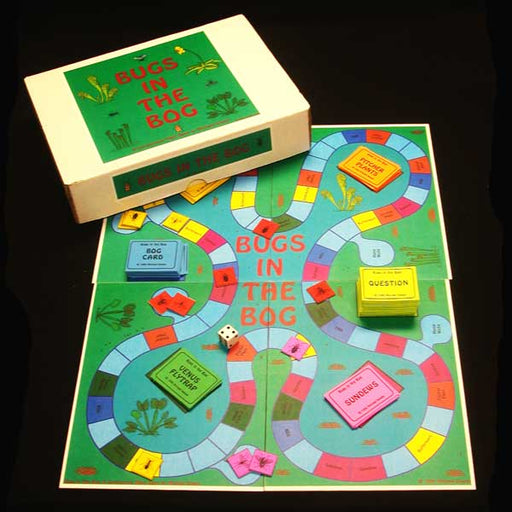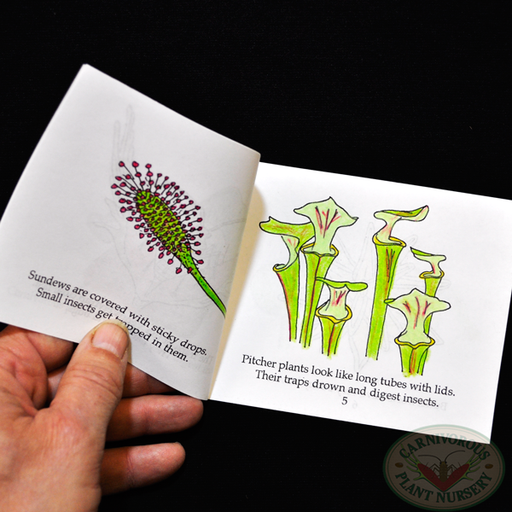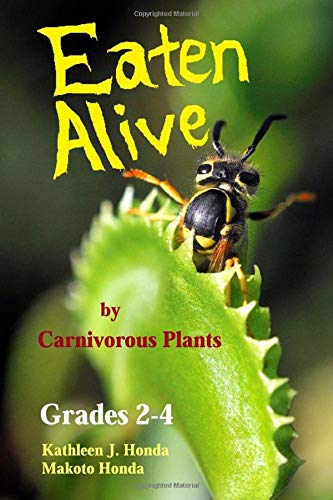40 Lab Activities with Carnivorous Plants
40 Lab Activities with Carnivorous Plants
"40 Laboratory Activities with Carnivorous Plants" is a comprehensive laboratory manual for Inquiry Investigations into the fascinating world of Carnivorous Plants. The experiments are designed for middle and high school, and can easily be adapted for elementary grades. Investigations are linked to the National Science Content Standards and consistent with State and Local Learning Outcomes. 111 pages.
There are a few things you can put in front of students that spontaneously generate questions and exploration; magnets, spiders, and green fire are some, but carnivorous plants can out shine them all. I have often started a unit in Botany, only to have students roll their eyes, and say this is going to be boring. I’ll say wait a minute, and bring out a few carnivorous plants, and automatically students being asking questions. How do they do that? Will they eat stinkbugs? What kind is that? Where can I get some?.... With guided instruction, you can turn those questions into scientific “testable questions”, which soon become hypotheses, and before you know it, the investigations begin and the unit is rolling. All of this, based on their questions, not the teacher’s questions, or questions from the book, but the very questions students themselves are asking. The power of this kind of instruction is engaging and amazing. I smile at the end of the unit when I ask students, “I thought you said plants were boring?”
Within these pages are stepping stones into the fascinating world of carnivorous plants, through the use of inquiry investigations. These activities are classroom tested, and written in an easy to follow format. They are ready to duplicate and give to students, or can be modified to meet individual needs. Many are variations of each other to provide quick, ready to use materials for groups or individuals eager to explore a full range of interrelationships.
The materials need to conduct these investigations are readily available at home, or in the classroom. The selection of carnivorous plants needed are those that are easy to grow, and readily available. These include: the venus flytrap, the purple pitcher plant, cape sundew and common bladderwort. The venus flytrap has the advantage of fast movement and gathering data quickly. Sundews have the advantage of being easy to work with and control during investigations. Purple Pitcher plants are easy to grow, and provide steady, passive conditions. Bladderworts easily extend our inquiry into the aquatic world of carnivorous plants.
Be sure to take advantage of the growing tips, and experimentation hints provided throughout this book.

